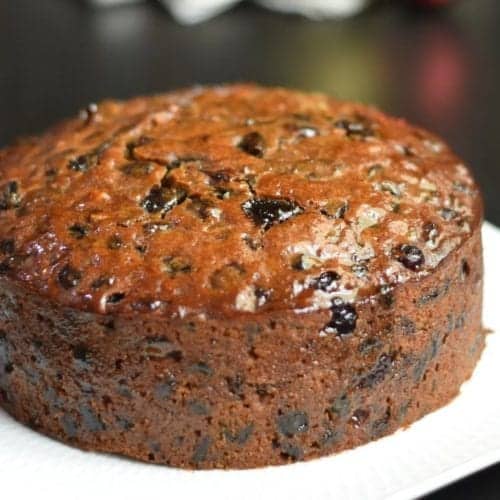- Eat a healthy diet: A balanced and healthy diet is essential for maintaining good eyesight. Nutrients such as vitamins A, C, and E, as well as minerals such as zinc and copper, are crucial for healthy eyes. Foods that are rich in these nutrients include leafy green vegetables, citrus fruits, eggs, nuts, and fish. Eating a diet rich in these foods can help prevent eye diseases such as cataracts and macular degeneration.

- Practice good eye hygiene: Practicing good eye hygiene is also important for maintaining good eyesight. This includes avoiding rubbing your eyes, which can cause damage to the cornea, and washing your hands before touching your eyes. Additionally, avoiding exposure to smoke, dust, and other irritants can help prevent eye infections and irritation.
- Get regular eye check-ups: Regular eye check-ups are important for detecting and treating eye problems early on. This is especially important if you have a family history of eye diseases such as glaucoma or macular degeneration. Your eye doctor can also provide you with recommendations for maintaining good eyesight.
- Take frequent breaks when using electronic devices: Using electronic devices such as computers and smartphones for extended periods of time can cause eye strain, which can lead to blurred vision, headaches, and other symptoms. Taking frequent breaks and practicing the 20-20-20 rule (looking away from your screen every 20 minutes and focusing on something 20 feet away for 20 seconds) can help reduce eye strain and maintain good eyesight.

- Exercise regularly: Regular exercise is not only beneficial for your overall health but also for your eyes. Exercise can help improve blood circulation to the eyes, which can help prevent eye diseases such as glaucoma. Additionally, exercises that focus on eye movements can help improve eye muscle strength and flexibility. Some examples of eye exercises include focusing on near and far objects, rolling your eyes, and blinking frequently.
Tag: eggs
Diet for fasting in Ramadan
During the holy month of Ramadan, Muslims fast from dawn to dusk. While fasting, it is essential to maintain a healthy diet to ensure that the body receives the necessary nutrients to sustain itself throughout the day. A balanced and appropriate diet schedule during Ramadan should include foods that are high in complex carbohydrates and fiber, such as whole grains, fruits, and vegetables, as these foods provide a sustained source of energy throughout the day.
It is also essential to drink plenty of water during non-fasting hours to stay hydrated. Foods that are high in sugar, salt, and unhealthy fats should be limited as they can cause dehydration and other health problems. Additionally, it is recommended to break the fast with dates and water, followed by a light meal, and then to have a more substantial meal later in the evening. Overall, a balanced and healthy diet schedule during Ramadan can help individuals maintain good health and well-being throughout the month.
Suhoor, the pre-dawn meal, is an essential part of the daily routine during Ramadan, as it provides the necessary energy and nutrients needed to sustain the fast. This meal should be balanced and include complex carbohydrates, such as whole grains and fruits, along with protein sources like eggs, nuts, and dairy products. It is also important to stay hydrated, so drinking plenty of water and fluids is essential.
When breaking the fast at Iftar, it is important to do so in moderation and avoid consuming excessive amounts of fried or sugary foods. Opt for nutrient-dense meals that include whole grains, lean proteins, vegetables, and fruits. Additionally, it is recommended to have a small snack or meal before heading to bed to prevent hunger pangs during the day. Overall, it is important to maintain a balanced and healthy diet during Ramadan to ensure optimal health and wellbeing during the month.
Recipe for a delicious Fruit Cake
Ingredients:
- 2 cups all-purpose flour
- 2 teaspoons baking powder
- 1/2 teaspoon salt
- 1/2 cup unsalted butter, softened
- 1 cup granulated sugar
- 2 eggs
- 1 teaspoon vanilla extract
- 1/2 cup milk
- 1 cup mixed dried fruit (such as raisins, currants, and chopped apricots)
- 1/2 cup chopped nuts (such as pecans or walnuts)

Instructions:
- Preheat the oven to 350°F (175°C). Grease a 9-inch cake pan with butter and dust with flour.
- In a medium bowl, whisk together the flour, baking powder, and salt.
- In a separate large bowl, beat the softened butter and granulated sugar together until light and fluffy.
- Beat in the eggs one at a time, then stir in the vanilla extract.
- Gradually add the dry ingredients to the butter mixture, alternating with the milk, and mix until just combined.
- Stir in the mixed dried fruit and chopped nuts.
- Pour the batter into the prepared cake pan and smooth the top with a spatula.
- Bake the fruit cake for 50-60 minutes, or until a toothpick inserted into the center of the cake comes out clean.
- Allow the cake to cool in the pan for 10 minutes, then remove it from the pan and transfer it to a wire rack to cool completely.
- Serve the fruit cake sliced, and enjoy!
This recipe is a great way to enjoy the sweetness and flavor of dried fruits and nuts in a delicious cake. You can also add spices such as cinnamon, nutmeg or ginger to give the cake an extra flavor boost. Enjoy!

